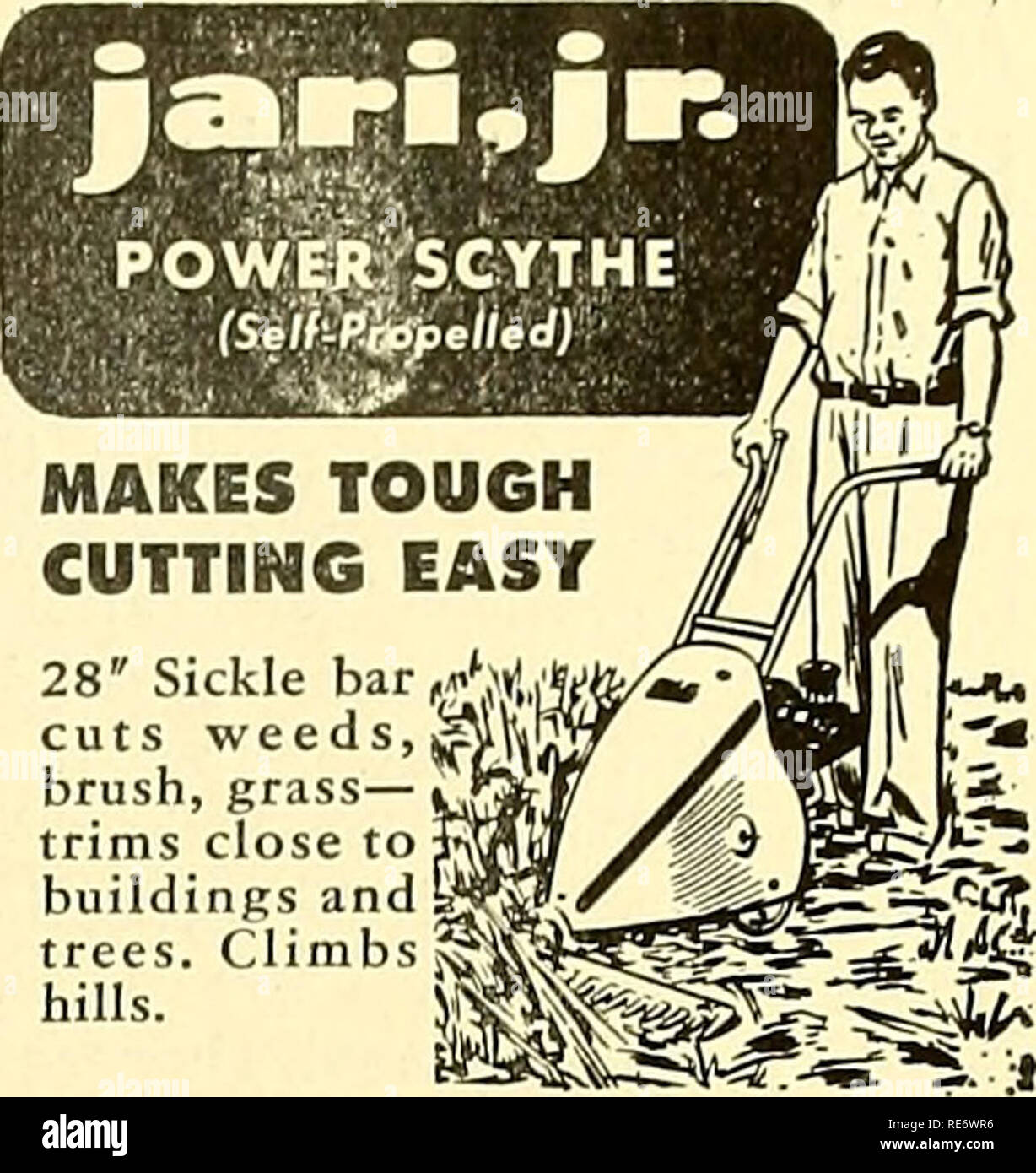. Cranberries; : the national cranberry magazine. Cranberries. Wisconsin Weed Letter No. 1 R. H. Roberts University of Wisconsin The principal item in this letter is a report of the results of tests of solvents being used in Massachu- setts for weed killing. Two items led to these tests: One is the very large gallonages recommended in that state. The other is the con- tinuously observed fact that sol- vents of different manufacture have greatly different values as weed killers. This is apparently- due to the use of different crude oils for fractionation. Tests of Stoddard Solvent and kerosene

Image details
Contributor:
The Book Worm / Alamy Stock PhotoImage ID:
RE6WR6File size:
7.1 MB (378.9 KB Compressed download)Releases:
Model - no | Property - noDo I need a release?Dimensions:
1536 x 1626 px | 26 x 27.5 cm | 10.2 x 10.8 inches | 150dpiMore information:
This image is a public domain image, which means either that copyright has expired in the image or the copyright holder has waived their copyright. Alamy charges you a fee for access to the high resolution copy of the image.
This image could have imperfections as it’s either historical or reportage.
. Cranberries; : the national cranberry magazine. Cranberries. Wisconsin Weed Letter No. 1 R. H. Roberts University of Wisconsin The principal item in this letter is a report of the results of tests of solvents being used in Massachu- setts for weed killing. Two items led to these tests: One is the very large gallonages recommended in that state. The other is the con- tinuously observed fact that sol- vents of different manufacture have greatly different values as weed killers. This is apparently- due to the use of different crude oils for fractionation. Tests of Stoddard Solvent and kerosene obtained from a supplier of cranberry growers in Massachu- setts showed both of these ma- terials to be decidedly less effective in killing the weeds for which they are recommended than "good" lots of these materials being offered for sale in Wisconsin. This is believed to explain the reason for the recommended use of very large gallonages per acre on the Massachusetts marshes. It may also indicate that it is not necessary to use extreme gallon- ages of the materials available in Wisconsin for an equal killing of weeds. As to amount of petroleum pro- ducts to use on weeds, apply what is needed thoroughly to wet the plants to be killed. More than that is unnecesary. Less than that is merely a waste of time and ma- terial, as a partial kill permits rapid recovery and so, does rela- tively little good. This is similar to using straight Stoddard Solvent on "tough" weeds as satin grass ("Turkey-foot"), sickle grass, very young star grass and rag weed. To kill such plants, a fortified sol- vent is needed, such as with Blu- keni. Even coverage is, of course, essential to a thorough killing. By the end of the season there is lit- tle evidence of spraying having been done. Sanding of sections infested with sickle grass seems to increase the grass population: It reroots at the higher level and sends out more uprights. Unsatisfactory results observed to date